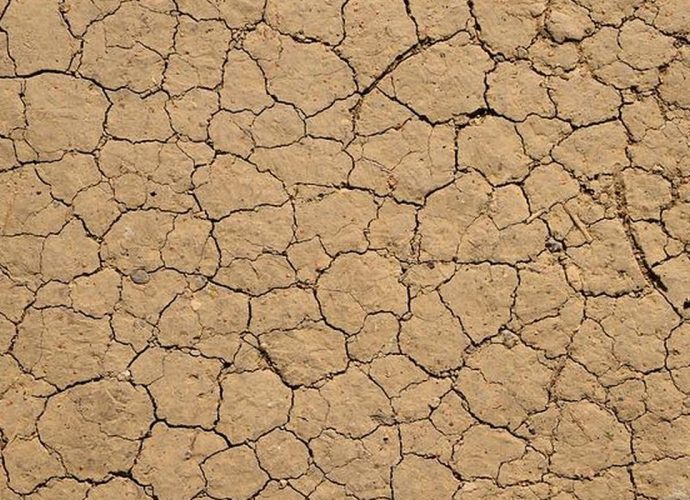How Ocean Basins Are Created?
The natural processes of weathering and erosion also contribute to forming structural basins. Structural basins form as tectonic plates shift. Rocks and other material on the floor of the basin are forced downward, while material on the sides of the basin are pushed up. This process happens over thousands ofRead More →







